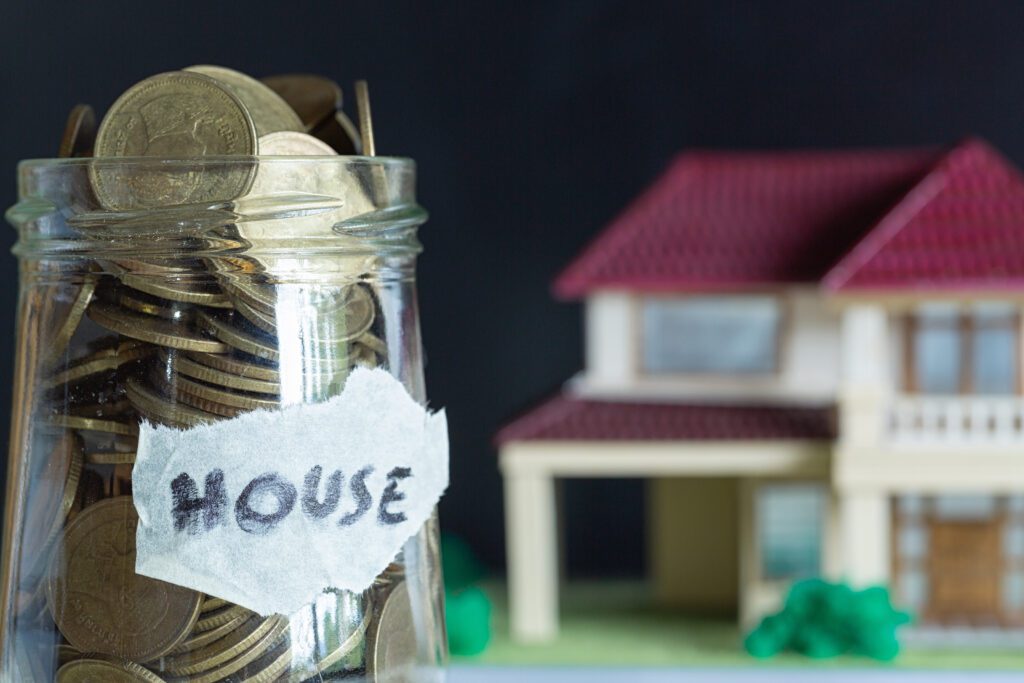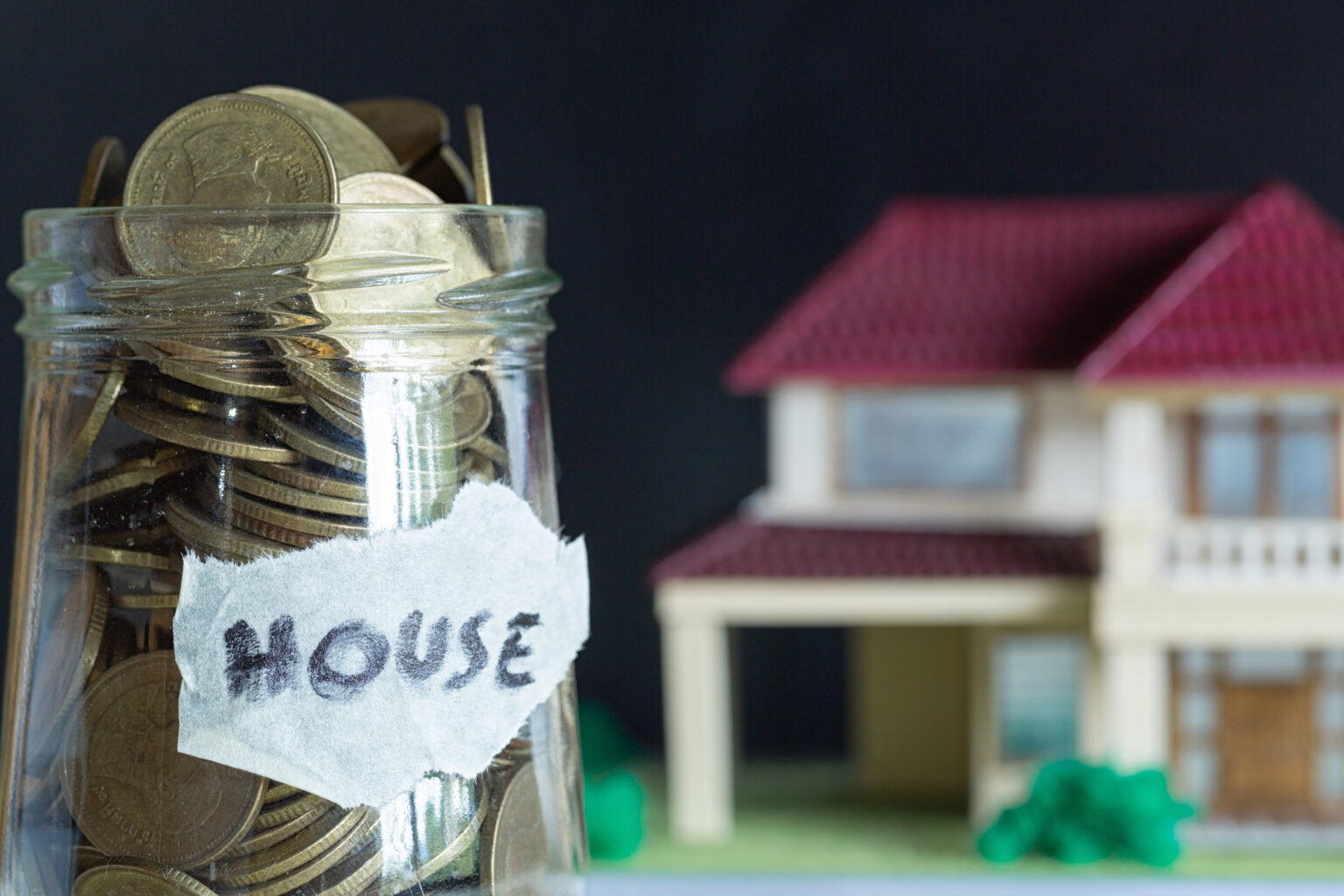
Cost-Benefit Analyses of Insulation Improvements
Improving home insulation is cost-effective, saving homeowners an average of 15% on heating and cooling or 11% on total energy costs by sealing air leaks and insulating attics, floors over crawl spaces, and accessible basement rim joists (to 2012 standards), according to a Department of Energy page on “Methodology for Estimated Energy Savings“. The energy savings were modeled on typical existing U.S. homes, corroborated by field professionals with over 20 years of experience. Various factors, including geographic climate, affect the extent of savings, but overall, enhanced insulation significantly contributes to energy efficiency and cost savings over time. For the average house, the payback period would be about 10 years and would be reduced in colder or hotter climate zones.

The cost of improving home insulation and air sealing depends on several factors, such as the size and shape of the house, the type and amount of insulation needed, the location and accessibility of the leaks, and the labor and material costs in the area. The DOE page estimates that the average cost of a typical air sealing and insulation project is about $2,100. However, this cost can vary significantly depending on the specific conditions and needs of each home.
The benefits of improving home insulation and air sealing can be measured in terms of energy savings, increased comfort, and enhanced home value. The DOE methodology page estimates that the average annual energy savings from a typical air sealing and insulation project is about $200, which means that the project can pay for itself in about 10 years. Moreover, by improving home insulation and air sealing, homeowners can enjoy a more comfortable indoor temperature, lower noise levels, better indoor air quality, and fewer pests. Additionally, improving home insulation and air sealing can increase the home’s resale value by making it more attractive and energy-efficient to potential buyers.
Here are some more resources on the cost-benefit aspects of improving your building’s insulation:
How Energy-Efficient Upgrades Can Increase Your Home’s Value: This article from NerdWallet explains how energy-efficient upgrades, such as insulation and air sealing, can reduce your utility bills and increase the value of your home. It also provides some tips on how to get an energy assessment and find qualified contractors.
How Much Could You Save by Insulating Your Home? relies on the DOE page above for its cost saving estimates, and in addition emphasizes that insulation upgrades save energy, improve comfort, mentions the availability of tax incentives to reduce the cost, and increase the resale value of the property.
Independent Study Proves Insulation Upgrades Are Key to Significant Energy Savings and Carbon Emission Reductions in Existing Buildings from Insulation Outlook is an overview of studies they have commissioned about the economic benefits of insulation refits in the industrial, commercial, and residential building sectors. The full report and many great resources are included on their carbon reductions page.
Retrofitting houses with insulation: a cost-benefit analysis of a randomised community trial This paper is an interesting statistical examination of over 1000 houses in New Zealand to measure “a reduced number of visits to GPs, hospitalisations, days off school, days off work, energy savings and CO(2) savings.” The authors found a total value of up to 2 fold of the cost of the insulation refit in terms of environmental, energy and health benefits.
There are many useful resources on the DOE, EPS, and Energy Star government sites, although some tools and calculators are outdated or unavailable. Here is a couple of starting points: Why Energy Efficiency Upgrades and Better Buildings.
Green Insulation Group in Worcester, MA is a source of recycled, reclaimed and surplus foam insulation panels. By keeping these foam boards out of landfills, you are increasing your carbon reduction savings, in addition to reducing your energy usage, increasing the value of your property, and making your building more comfortable and even healthier.
